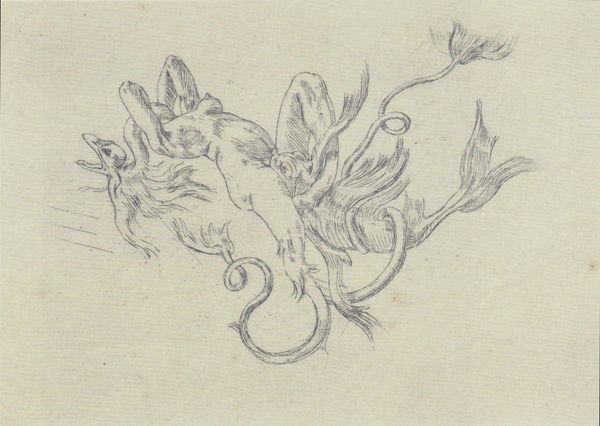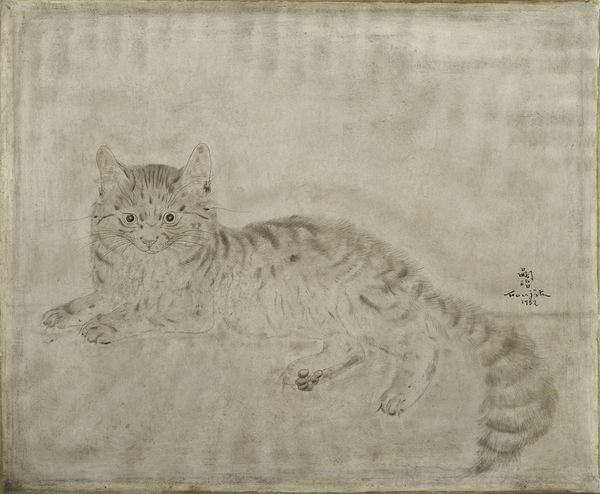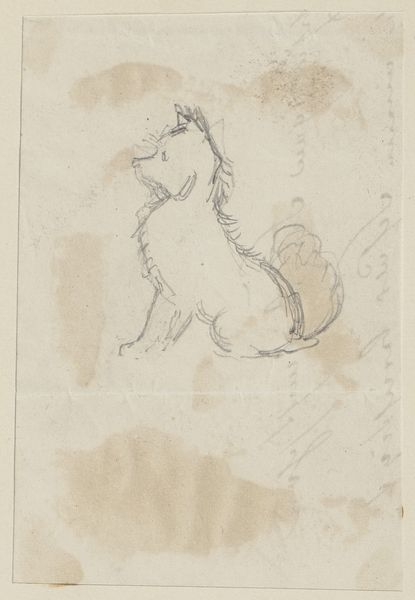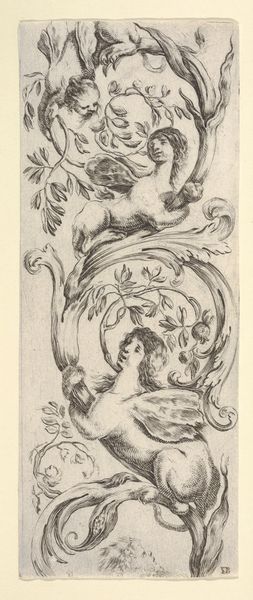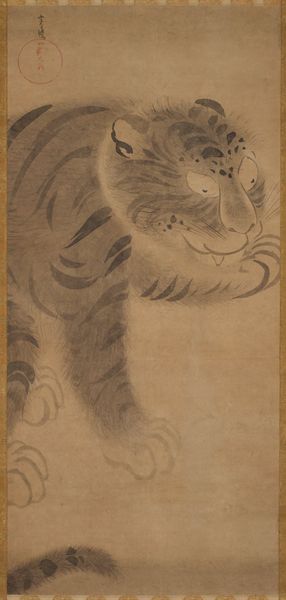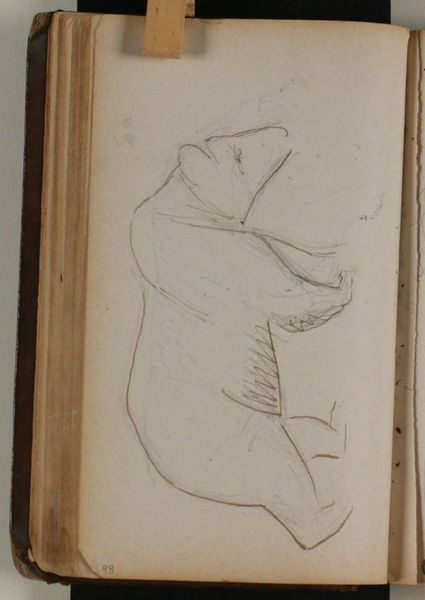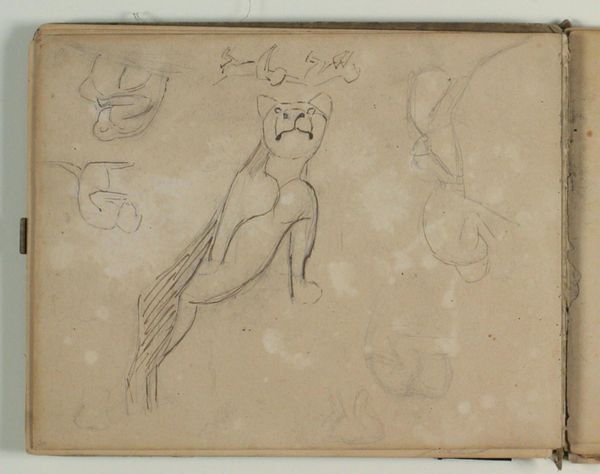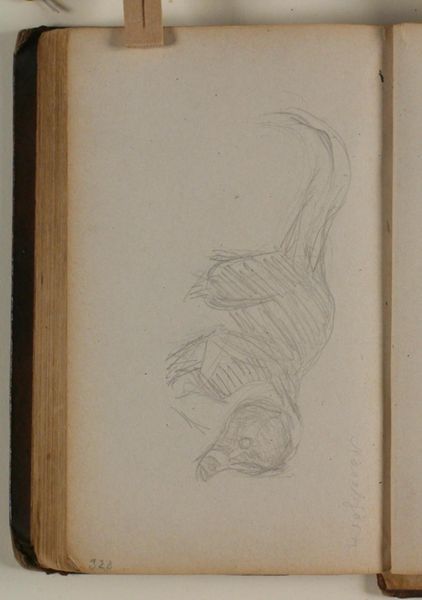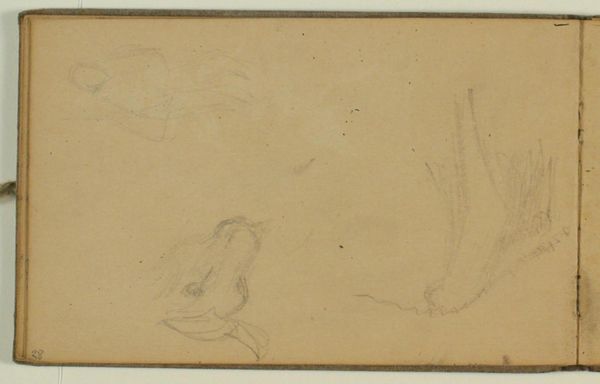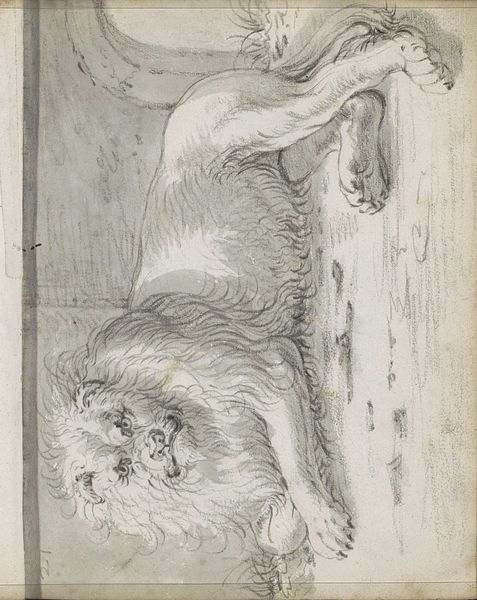
drawing, print, sculpture, pencil
#
drawing
#
neoclassicism
# print
#
pencil sketch
#
form
#
pencil drawing
#
geometric
#
sculpture
#
pencil
#
line
Dimensions: sheet: 4 7/16 x 7 7/16 in. (11.3 x 18.9 cm)
Copyright: Public Domain
Editor: So, here we have an intriguing piece called "Design for Sculpted Ornament," dating from 1820 to 1855, held at the Met. It's a pencil drawing, probably intended for a sculpture. The creature sketched out seems part horse, part… sea serpent? There's a captivating sense of restrained power in it. What do you make of it? Curator: Restrained power, I love that! It breathes life into what could easily become a static ornament. You know, looking at it, I see this tug-of-war. A battle between the rigid lines of Neoclassicism – that cool, almost mathematical perfection – and something wilder, more organic. Editor: How so? Curator: Well, observe the horse’s head; it's idealized, almost statue-like, very Neoclassical. But then that body just dissolves into this fluid, almost monstrous tail. And then that unsettling almost grotesque head with gaping mouth below the tail, and other bizarre details—doesn’t that disrupt the calm? I suspect the artist wanted to suggest vitality, transformation even. Editor: So, the sculpture, if made, would be almost a tension between these opposing forces? Curator: Precisely! It wouldn’t just be pretty; it would make you *feel* something. Makes you wonder where it was intended to go! The ornament is unsettling and calming at the same time. Editor: It’s interesting how a simple sketch can hold so much…ambivalence. I initially saw serenity, but now I’m catching glimpses of…unease, a captivating dialogue between opposing sensations. Curator: Isn't it marvelous? A few lines, and a whole world opens up, a reflection of art pushing at its own boundaries.
Comments
No comments
Be the first to comment and join the conversation on the ultimate creative platform.
